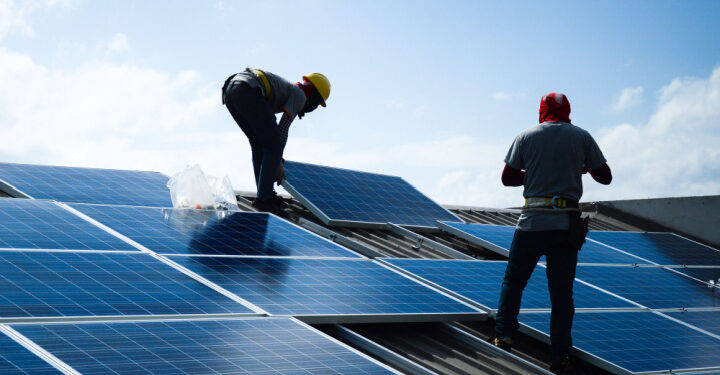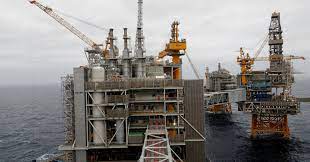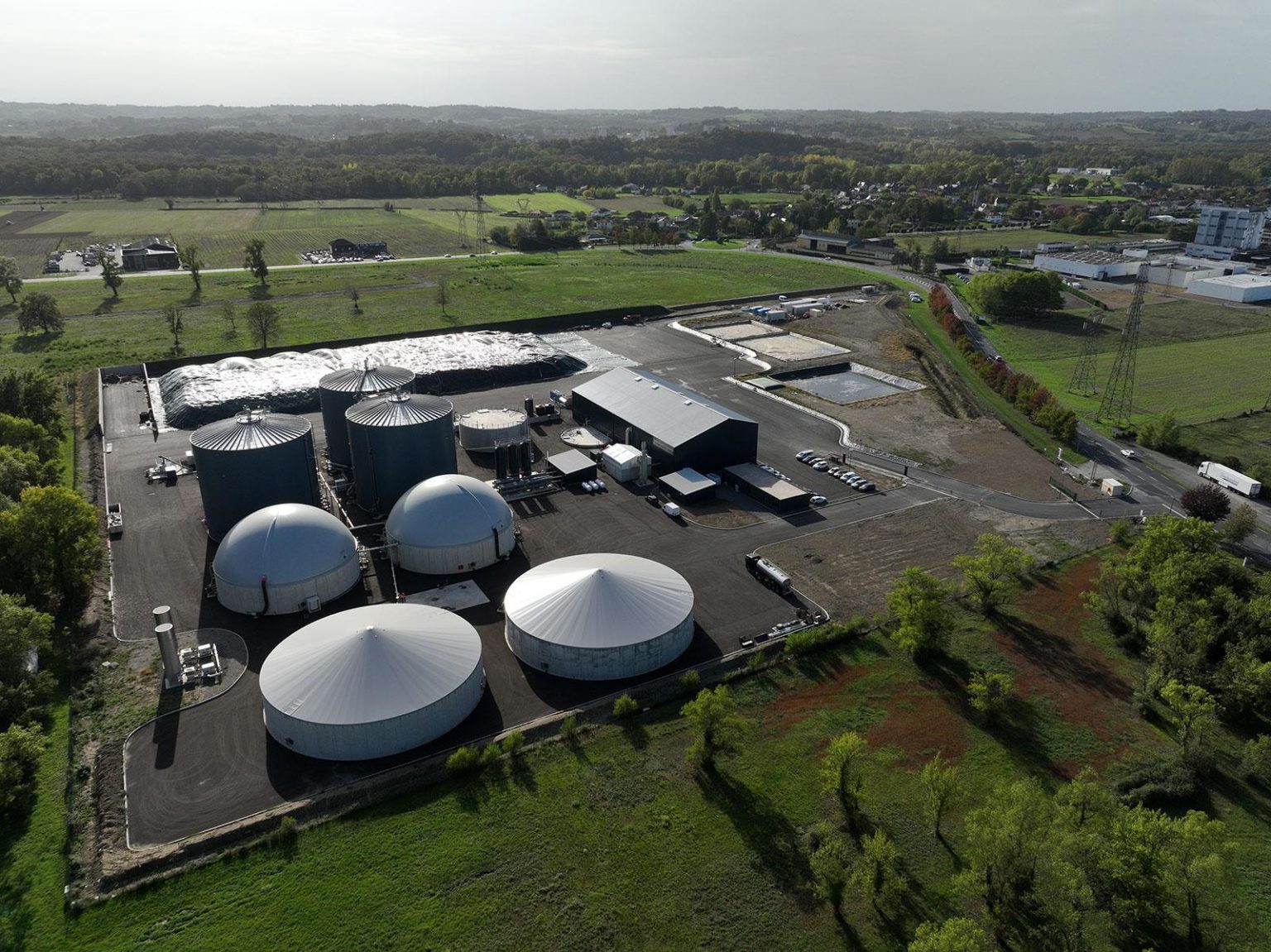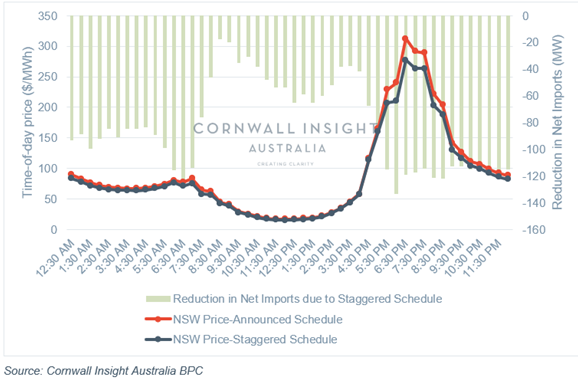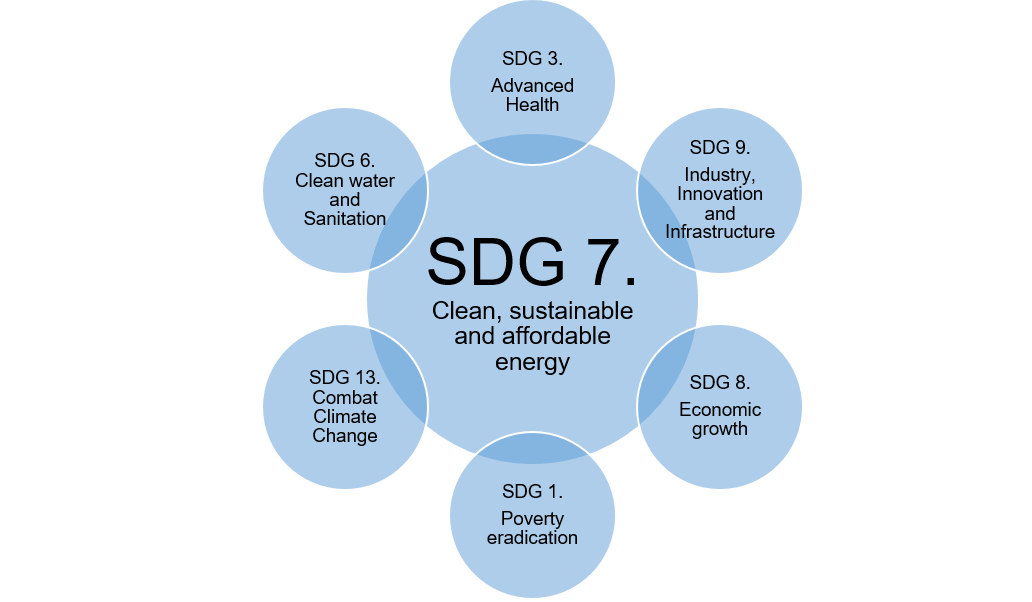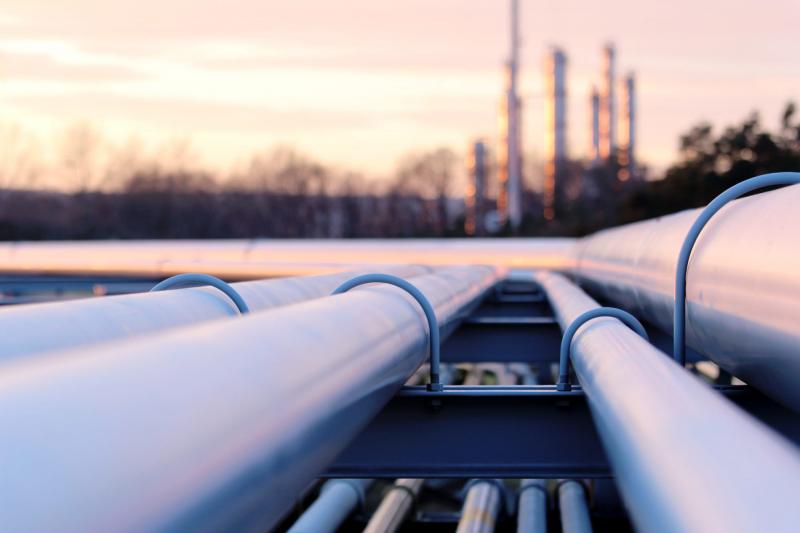Environmental Groups Call for End to New Hydropower Development in Europe
01 Nov 2020 by waterpowermagazine.com
Over 150 environmental groups have joined forces and launched a manifesto calling for the end of new hydropower development in Europe, but the International Hydropower Association (IHA), the trade association which aims to advance sustainable hydropower, says that an outright moratorium on hydropower in Europe would be inappropriate and stop many important projects going ahead, which are urgently required to ensure the success of the clean energy transition.
The environmental groups have called for EU institutions to stop supporting the construction of new hydropower plants, suggesting that hydropower – including small hydropower – should no longer be eligible for State Aid. It also says that public finance should be used for refurbishment of existing plants, the removal of obsolete dams, and for investment in solar and wind power.
The manifesto says that building hydropower plants in Europe, including small and run-of-the-river plants, has negative consequences on rivers’ flow, fish migration, habitat loss, sediment transport and on erosion. It also says that the contribution of small hydropower plants of a capacity of 10MW is extremely limited while “their impacts on the environment are disproportionately severe.”
It also suggests that hydropower is losing its comparative financial advantage, as stricter regulations and land availability are increasing installed costs, while the costs of alternatives such as solar, wind and various forms of energy storage are dropping.
The IHA has issued a response to the manifesto, stating that hydropower is a clean energy source which represents approximately a third of renewable generation in Europe (nearly two-thirds globally).
The IHA points out that variable renewables such as wind and solar are not dispatchable in the same way as more flexible power sources, such as hydropower or thermal power plants. Within this context, hydropower is crucial to achieving the EU’s renewables targets, as it is a low carbon technology that helps to balance supply with demand.
A recent World Bank study found that 1GW of hydropower can support up to 6GW of variable renewables, said the IHA, while hydropower also provides a vital means of managing water, providing safely managed water supply and irrigation for agriculture. The storage infrastructure provided by a hydropower reservoir helps to mitigate against the risks posed by climate change, including extreme weather events such as floods and drought.
“Any infrastructure project, whatever its size or scale, should have a strategic fit and be developed and operated sustainably to avoid negative effects on biodiversity. Properly planned hydropower projects of all sizes can result in net-benefits to both energy and water systems, with manageable impacts on biodiversity and fish stocks and migration,” said an IHA spokesperson. “Today, robust sustainability guidelines and tools, such as the Hydropower Sustainability Tools, help to ensure that modern hydropower projects can be developed in accordance with international good and best practice.
“Climate change is widely recognised as one of, if not the most, significant threat to biodiversity. Hydropower is by far the largest source of renewable electricity globally and will play a crucial role if we are to meet the Paris Agreement target of keeping the global temperature increase below 1.5 degrees C.
“Protecting rivers and biodiversity while tackling climate change through hydropower is not mutually exclusive. Earlier this month the IHA welcomed a landmark collaboration agreement between environmental groups and the U.S. hydropower sector. IHA looks forward to working with partners in Europe to achieve the same positive collaboration.”
